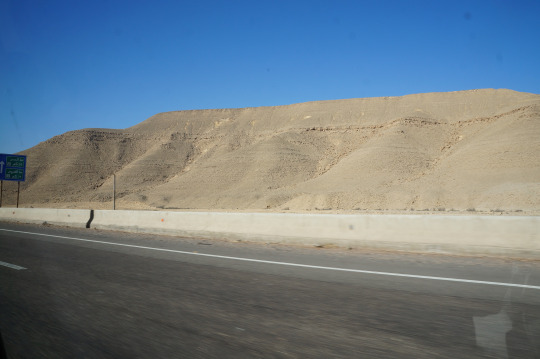Most people associate mummies with Ancient Egypt. The remains of dead people and animals have been mummified at many places in the world, sometimes as a planned process, and sometimes because of ideal climate conditions for preservation. In this activity you can use a hotdog to find out how mummification occurs — just be sure to have a grownup to help!
What You’ll Need

Directions
- Line the bottom of the bag/container with at least one inch of baking soda (bottom should be covered thoroughly and not visible).
- OPTIONAL: measure and weigh your hotdog with the ruler and kitchen scale. Then record your results!
- Place the uncooked hotdog in a Ziploc or sealable bag/container.
- Cover the hot dog completely in another layer of baking soda.
- Place the bag/container in a dark location with a neutral temperature.
The Ziploc bag or sealed container is like a portable desert! Deserts can be hot or cold. Their defining condition is little yearly precipitation, in the form of rain or snow. Because deserts are so dry, it takes bacteria far longer to break down or decompose organic material. This allows once living tissues to be preserved—so long as they remain in the same dry conditions. The process of organic material drying out or mummifying is called desiccation and will start to happen to your hotdog in as little as 2 days!
Examine your hotdog after a few days. If you weighed and measured it before, do so now. What’s different? Does it still feel the same? You can put the hotdog back in the Ziploc bag or container and leave it for a few more days and repeat this process. Just don’t eat the hotdog when you’re done!
